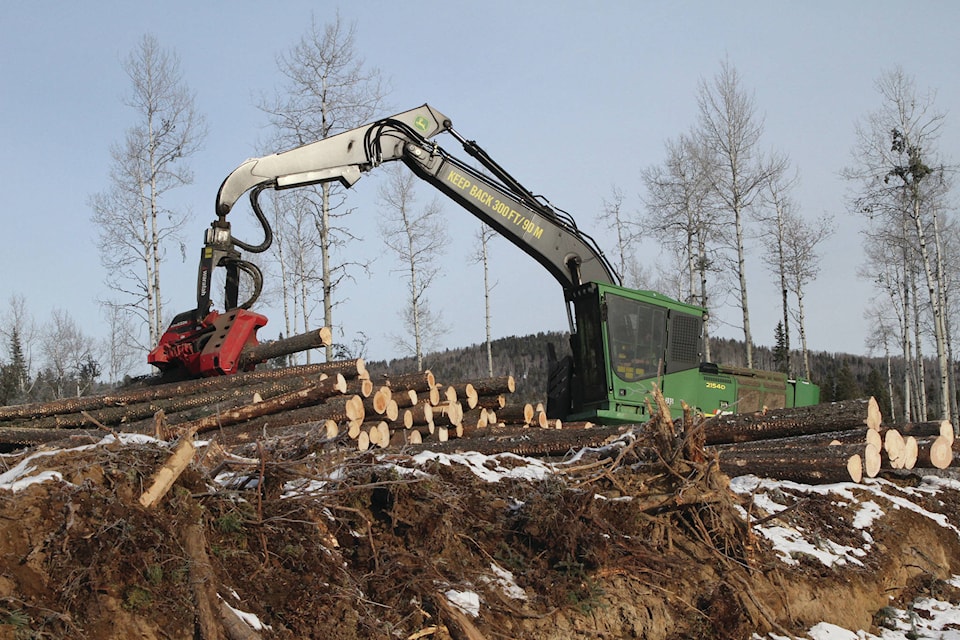Sky-high lumber prices may not be making builders happy but it is good news for Alberta’s forestry industry.
“For the forestry industry, when we headed into COVID, frankly, we were prepared for the worst,” said Brock Mulligan, Alberta Forest Productions Association vice-president of communications and government affairs.
“We thought it would really be a challenging time for our industry.”
However, as the pandemic kept people at home, many used the time to tackle home renovation projects.
“What we’ve discovered, with folks home from work there’s great demand for our products, not just here in Alberta but all through North America.”
Renovation and home remodelling typically accounts for half of lumber sales, he said.
“What we’ve found is home construction has continued to be strong as folks are working from home and in a lot of cases looking to expand their space. And people are also doing renos.
“Both of those have been strong drivers of the prices.”
Mulligan said forestry industry doing well is good news for Alberta.
“A lot of other industries have struggled, but forestry has really been a bright spot.”
About 40,000 jobs are connected with the forestry industry, which generates almost $7 billion in revenue each year.
Lumber price increases have not only been pushed up because of demand. A shortage of supply has also played a role. Many mills were shut down during COVID and inventories have been depleted.
Alberta’s forestry industry did not face shutdowns in either the pulp and paper side of the business and the lumber side.
“We’re hearing accounts of inventories being pretty close across the industry. And that’s just a product of there being such a strong demand across North America.
“Stuff gets made and it is spoken for right away by buyers.”
In central Alberta, Sundre Forest Products, a division of West Fraser, operates a sawmill and a treated wood facility there. The Sundre woodlands team also delivers logs to the West Fraser’s laminated veneer lumber facility, located southwest of Rocky Mountain House.
Alberta’s forestry companies are looking at ways to invest in efficiencies to try to take advantage of the market. However, there are limits on how much more they can produce.
“Ultimately, what really drives our production levels in Alberta is the availability of the forestry resource and the levels we can harvest sustainability.
“Right now, we’re near the peak of what can be harvested sustainably, so this impacts our ability to really ramp up in these types of markets.”
Good markets may continue for some time, he said.
“All of the analysts’ notes I’ve been reading are suggesting we might be in for a sustained, strong run here.”
It is partly being driven by the B.C.’s forestry industry challenges with pine beetle, which has reduced lumber volumes.
Another factor involves the demographics of the U.S., where a significant portion of the population is at the prime house-buying age at a time when the existing housing stock is quite old and nearing replacement age.
